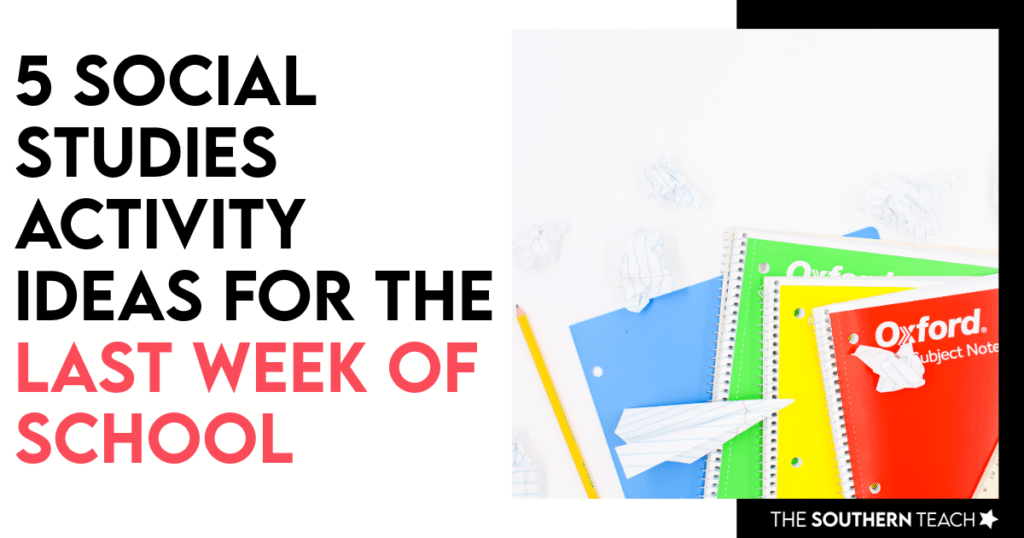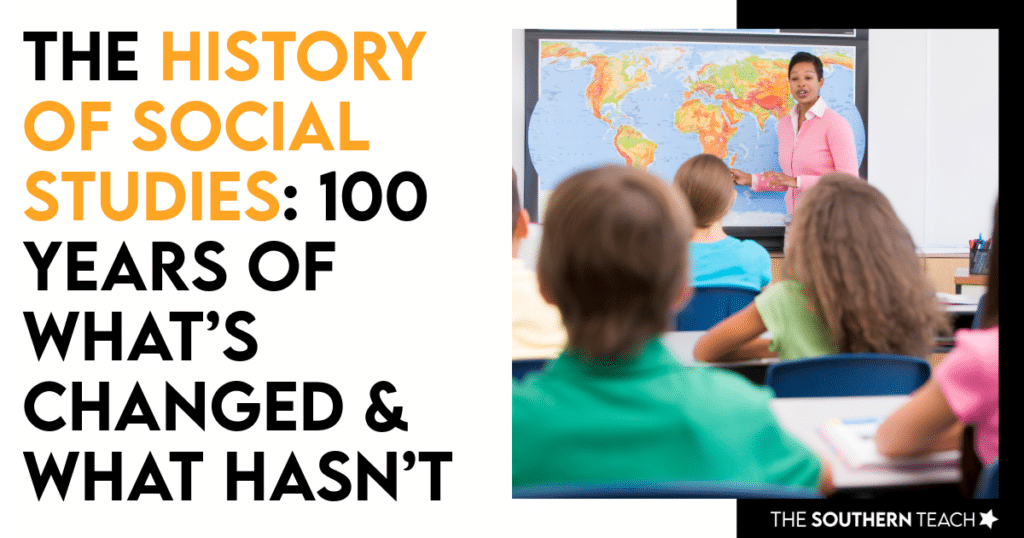5 Powerful Ways to Use Primary Sources to Teach Social Studies
By Kirsten Hammond
Share This Post:
In the ever-evolving landscape of education, one thing remains constant: the importance of understanding and appreciating history.
However, learning about history is not limited to textbooks and lectures. It’s about immersing ourselves in the past, experiencing it as though we were there, and embracing the different perspectives that shaped our world. Primary sources can be a great way to achieve this!
In this blog post, we will explore what primary sources are, why they are essential, where to find them, and how to incorporate them into your social studies lessons. By the end, you’ll (hopefully) be convinced of the incredible benefits of integrating these sources into your classroom.
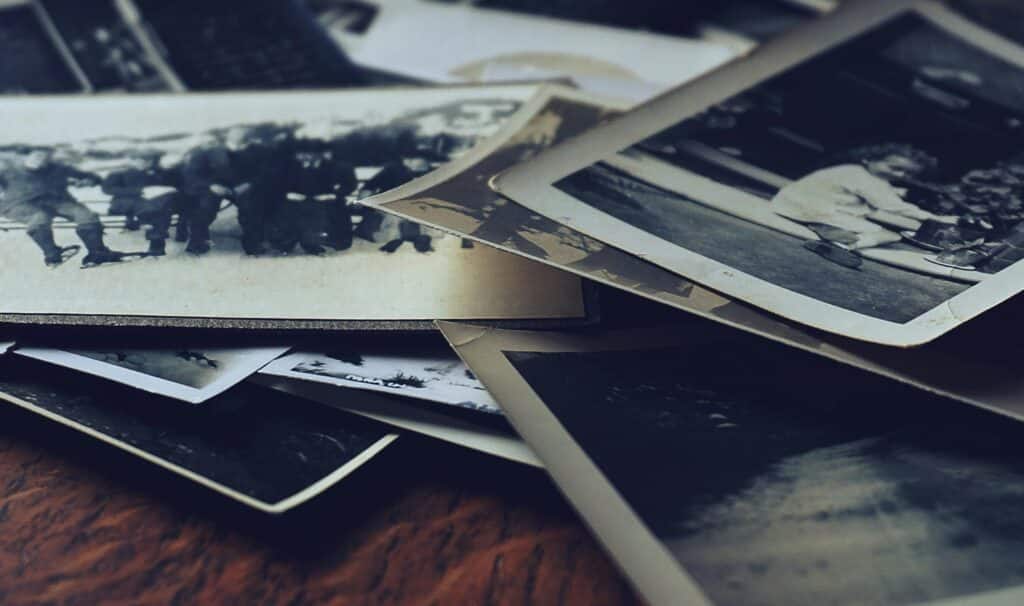
What Are Primary Sources?
Primary sources are like portals to the past. They are historical artifacts or documents created by individuals who experienced a specific time or event.
Think of old letters, diaries, photographs, speeches, and more. They offer a firsthand account of history, allowing you to see the world through the eyes of those who lived it. These sources reveal the thoughts, emotions, and context of the people from the past, helping us gain a deeper understanding of history.
Primary sources offer various perspectives based on the source’s identity and the topic at hand. Students can become better critical thinkers, learning to appreciate and analyze different viewpoints.
This dynamic approach makes social studies not only informative but also engaging and exciting.

The Importance of Primary Sources
Primary sources serve as a time machine, transporting us back to the past. They are invaluable because they were created by individuals who were actual witnesses to the events they describe. These sources provide unique insights into historical contexts, shedding light on the thoughts, feelings, and experiences of the people of that era.
When students engage with primary sources, they are not merely learning about history; they are living it through the eyes of people who experienced those events themselves!
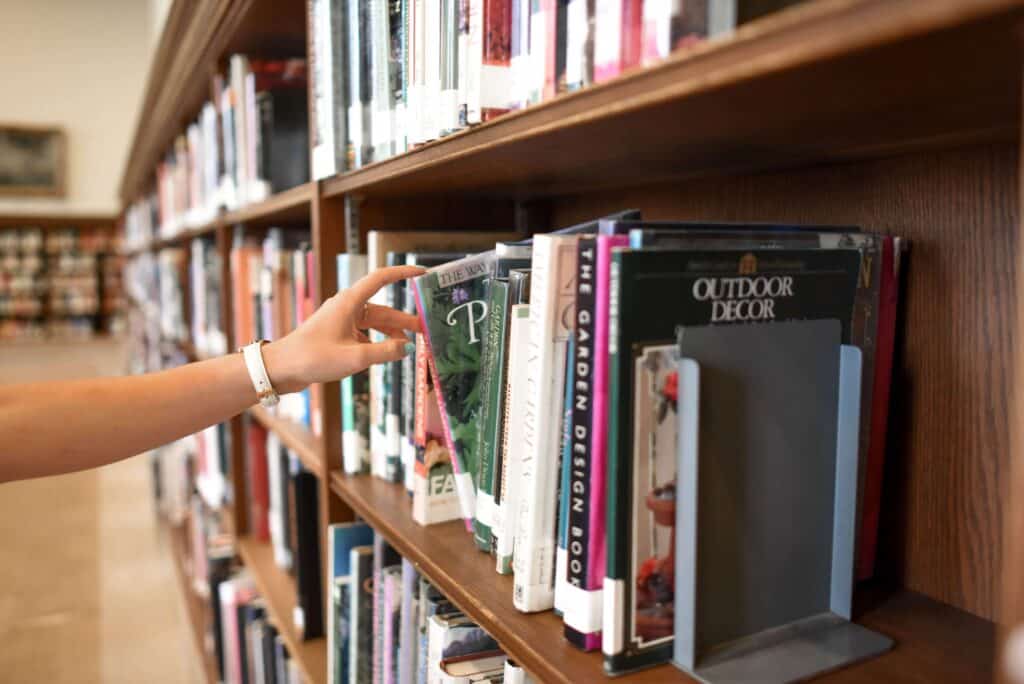
Where to Find Primary Sources
Now that we understand the significance of these sources, the next step is to find them! There are several places for teachers to look:
1. Libraries and Archives
Local libraries often house a treasure trove, including diaries, letters, pictures, and newspapers. Librarians can guide you to these resources or direct you to online databases.
2. Online Databases
Websites like the Library of Congress and the Digital Public Library of America offer extensive collections. These curated platforms make it easy to search and filter materials.
3. Museums and Historical Sites
Museums and historical sites also provide primary sources. You can visit these places in person or explore their online collections. For example, the Smithsonian in Washington, D.C., offers a wealth of historical materials.
4. Online Archives and Collections
Websites like Ancestry.com contain archives, including census records dating back to the 1800s and early 1900s. These resources are valuable for genealogical research and exploring historical records.
5. Oral History
Oral histories, recorded talks, or interviews with individuals who have knowledge about a particular time or topic can be found in libraries or through organizations like StoryCorps. Ensure the reliability of these sources to maintain historical accuracy.
Remember that you might also have sources closer to home. If you lived through a historical era, your own experiences and records, such as diaries or letters, could serve as primary sources! Your personal insights into events and daily life add a unique dimension to history.
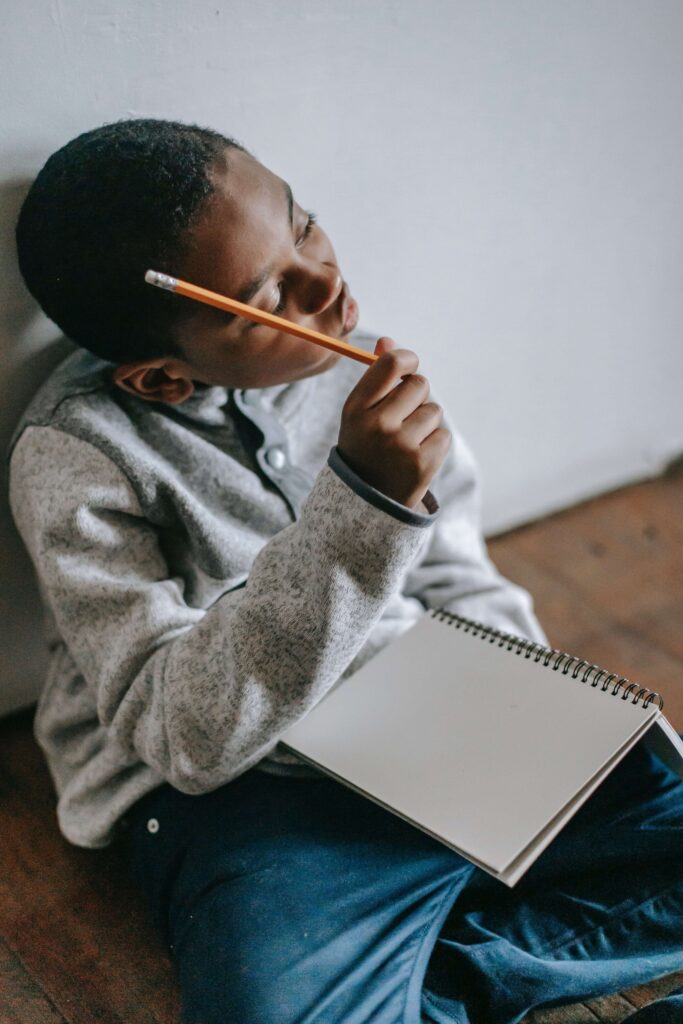
Incorporating Primary Sources Into Lesson Plans
Now that you know where to find primary sources, the next challenge is incorporating them into your social studies lesson plans. Here are five strategies to consider:
1. Explore the Documents
Start by having students read old letters, diary entries, or view pictures. Encourage them to make observations and ask questions about what they see. This strategy encourages critical thinking and helps students connect with the past.
2. Step into Their Shoes
Encourage students to think from the perspective of the people behind the sources. Ask them to imagine how these individuals felt and what they were doing at the time. This approach fosters empathy and a deeper understanding of historical context.
3. Compare and Contrast
Provide students with multiple primary sources from different times or viewpoints. Have them compare and contrast these sources to uncover differences and similarities. This exercise helps students appreciate the diverse perspectives that shape history.
4. Create Stories
Challenge your students to use primary sources to craft their own narratives. This creative approach enables them to learn about history in an engaging and personal way. For example, they can complete diary entries or stories based on available sources.
5. Set Up Stations
Create stations in your classroom with different primary sources. Encourage students to work in small groups, discuss what they find, and collectively understand the materials. You can use tools like the Primary Source Analysis Tool from the Library of Congress to guide their observations, reflections, and questions.
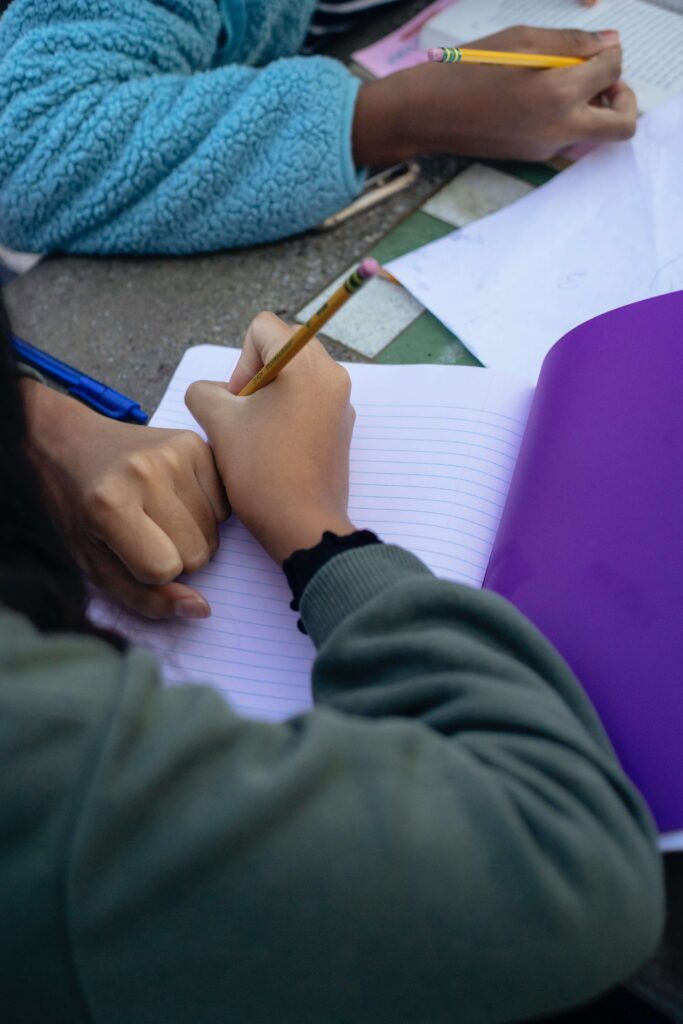
The Benefits of Using Primary Sources
Using primary sources in social studies education offers numerous benefits, not only for students but also for educators:
- Authentic Connection: Primary sources provide an authentic and tangible connection to history, making it more relatable for students.
- Critical Thinking: Analyzing primary sources enhances students’ critical thinking skills as they evaluate different perspectives and understand the historical context.
- Complexity of History: Primary sources reveal the interesting nature of history, helping students appreciate its complexity.
- Curiosity and Engagement: Engaging with primary sources sparks students’ curiosity and fosters a genuine interest in history (at least it did for me)!
- Improved Skills: Students become better equipped to differentiate between real and fabricated historical information.
In conclusion, primary sources are invaluable tools for making history come alive in the classroom. They offer a glimpse into the past, encouraging students to think critically and develop a deep appreciation for historical context.
By integrating primary sources into your social studies lessons, you can inspire a love for history that will last a lifetime.
kirsten hammond
Kirsten is a former 3rd and 5th grade teacher who loves helping upper elementary teachers by creating resources and sharing ideas that are engaging, research-based, and TEKS-aligned. She is a work-from-home mama of 3 rambunctious little ones and loves running, true crime, and lots of coffee.











